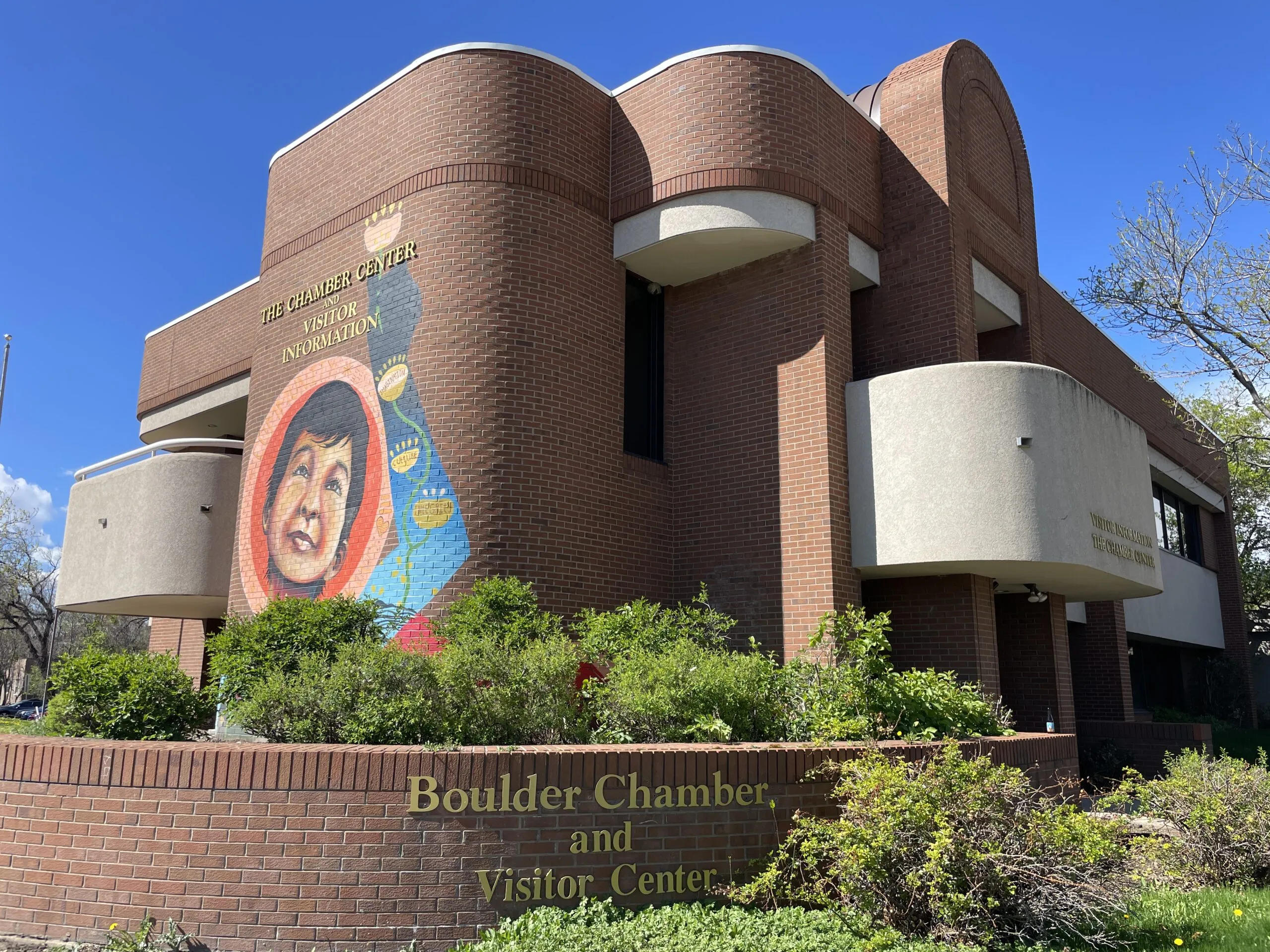Tayer: Public health: Keep the focus on real solutions
It’s always interesting to observe the lengths members of our community will go to in their battle against any form of infill redevelopment. It seemed almost inevitable, therefore, that some in the anti-development movement would choose to appropriate public concern about the COVID-19 pandemic. Sure enough, a few weeks ago we were treated to this alarming statement in a recent opinion piece: “The verdict is in — ‘density’ is the primary cause of the transmission of the coronavirus and a significant contributor to the death of people infected.”
These arguments fly in the face of facts, while conveniently ignoring history and the many public health assets associated with more urban environments. Most concerning: They divert attention from the more relevant and complex mix of government action and human behaviors that ultimately will help us effectively combat the scourge of COVID-19.
Density versus other factors
SPONSORED CONTENT
Crowding more people together can increase virus transmission, but that’s not just a function of urbanism. Incidents of spikes in virus exposure have happened in a variety of settings, including funerals, beach gatherings and even this year’s Mardi Gras. Such incidents are largely failures of governance and political leadership, often combined with lax individual behaviors. As Fareed Zakaria pointed out in his recent Washington Post column, “Why has New York City fared so badly? . . . It will be for the same reason that countries and cities have failed throughout history — bad government.”
Zakaria notes that many densely populated areas around the globe have avoided becoming hotspots. “If you look abroad, massive cities have handled the virus stunningly well. Hong Kong, Singapore and Taipei are all dense cities with packed mass transit systems — millions traveling on subways — and yet their COVID-19 deaths have been amazingly low (four in Hong Kong, 25 in Singapore and seven in all of Taiwan).” As further evidence, more recently we’ve seen smaller metros and rural areas, in states such as Alabama, Nevada and Oklahoma, experiencing virus spikes. We will continue to see the dynamics of COVID-19 evolve, but in those places, density was not an apparent determinate of disease progression.
The truth is that scientists are still determining all the factors that lead to large COVID-19 outbreaks. They’re studying conditions ranging from population age and fitness levels to culture and social behaviors. In Texas, for example, analysis has identified a number factors contributing to the virus spread: the presence of meatpacking plants or prisons (particular points of crowding), reluctance of many in the general population to wear masks, super-spreader events, and/or a high share of people with chronic conditions. State leaders also were slow to impose COVID restrictions and quick to lift them.
Compact communities offer solutions
Cities have seen threats posed by pandemics in the past, but they’ve survived and continued to thrive. That’s because urban areas have adapted and gotten smarter and stronger with new developments in sanitation, for example, and because they remained the centers of innovation and civic advancement. Long ago, cities began to invest in infrastructure improvements, such as clean water and waste management, to successfully combat disease, along with appropriate public health regulations. This resilience points to the fact that compact communities actually offer some advantages in dealing with health threats. With larger populations come greater and more advanced health-care resources, along with other support organizations and better access to them, compared to more dispersed population regions.
Let’s also remember that denser living yields other benefits, such as reduced commute times and greater financial opportunity, which contribute to a healthier quality of life. And lest the anti-development interests choose to ignore it, rising global temperatures are one of our greatest threats to human health. More compact, 15-minute neighborhoods where people live near their work can play a critical role in thwarting climate change, even here at home. As the Southwest Energy Project’s “Growing Greener” report concluded, “Increasing compact development is a critical step for Boulder to take to tackle climate change and protect the environment.”
To suggest that development density is the source of our current health challenges ignores both facts and history. It also undermines one of the most effective deterrents to climate change — one of the other great threats to human health. There are other responsible disagreements we can have as a community regarding the character of Boulder’s built environment, but tying criticism of dense development to our fight against COVID-19 is a distraction we can’t afford. Let’s work together to confront this COVID-19 challenge with scientific and fact-based solutions, driving appropriate government responses and personal behaviors.
John Tayer is president and CEO of the Boulder Chamber of Commerce. He can be reached at 303-442-1044, ext 110 or
john.tayer@boulderchamber.com.
It’s always interesting to observe the lengths members of our community will go to in their battle against any form of infill redevelopment. It seemed almost inevitable, therefore, that some in the anti-development movement would choose to appropriate public concern about the COVID-19 pandemic. Sure enough, a few weeks ago we were treated to this alarming statement in a recent opinion piece: “The verdict is in — ‘density’ is the primary cause of the transmission of the coronavirus and a significant contributor to the death of people infected.”
These arguments fly in the face of…





